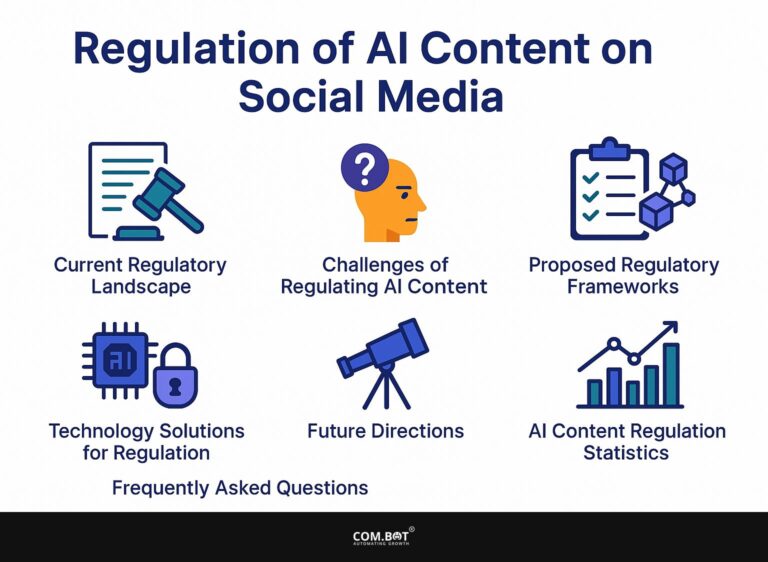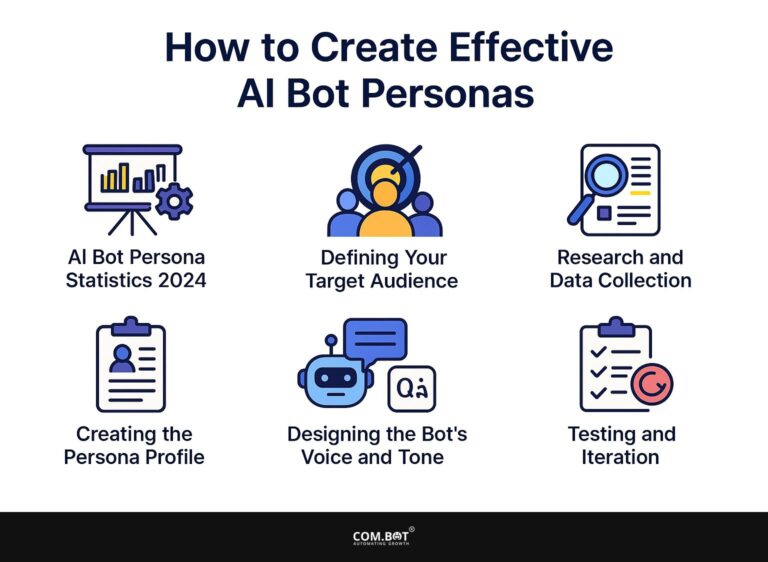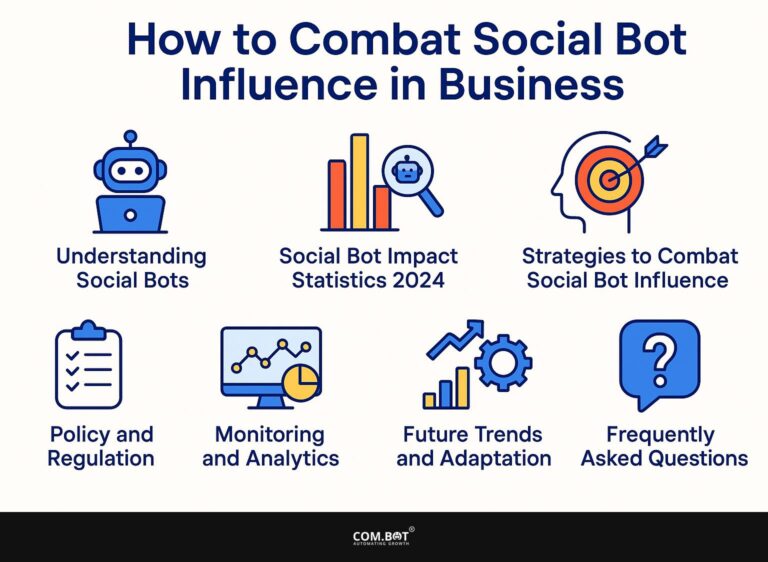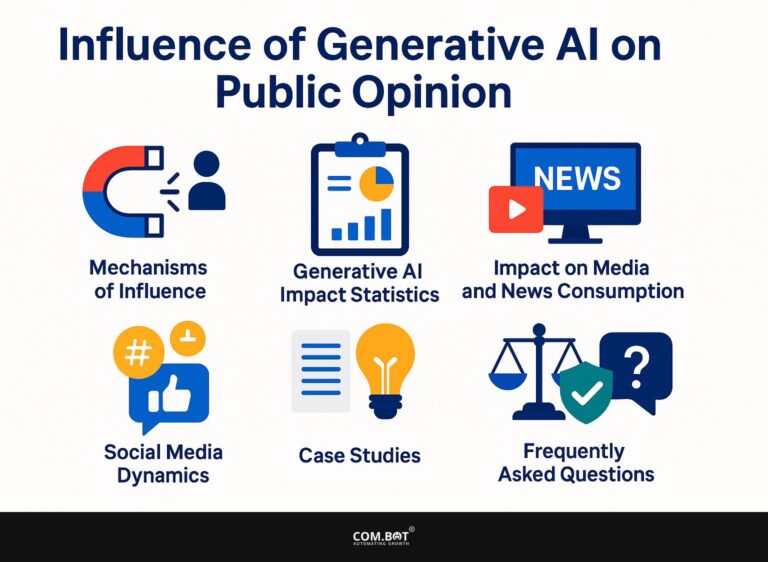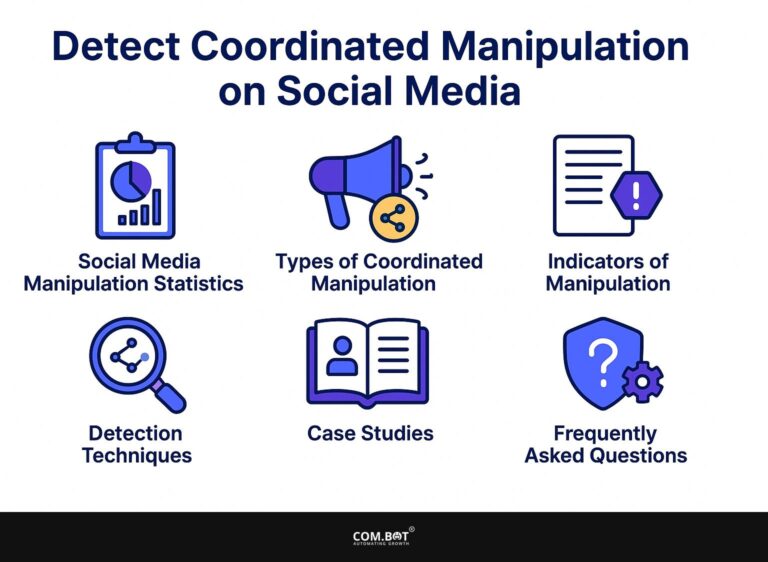Social Bots: Impact and Opinion Manipulation
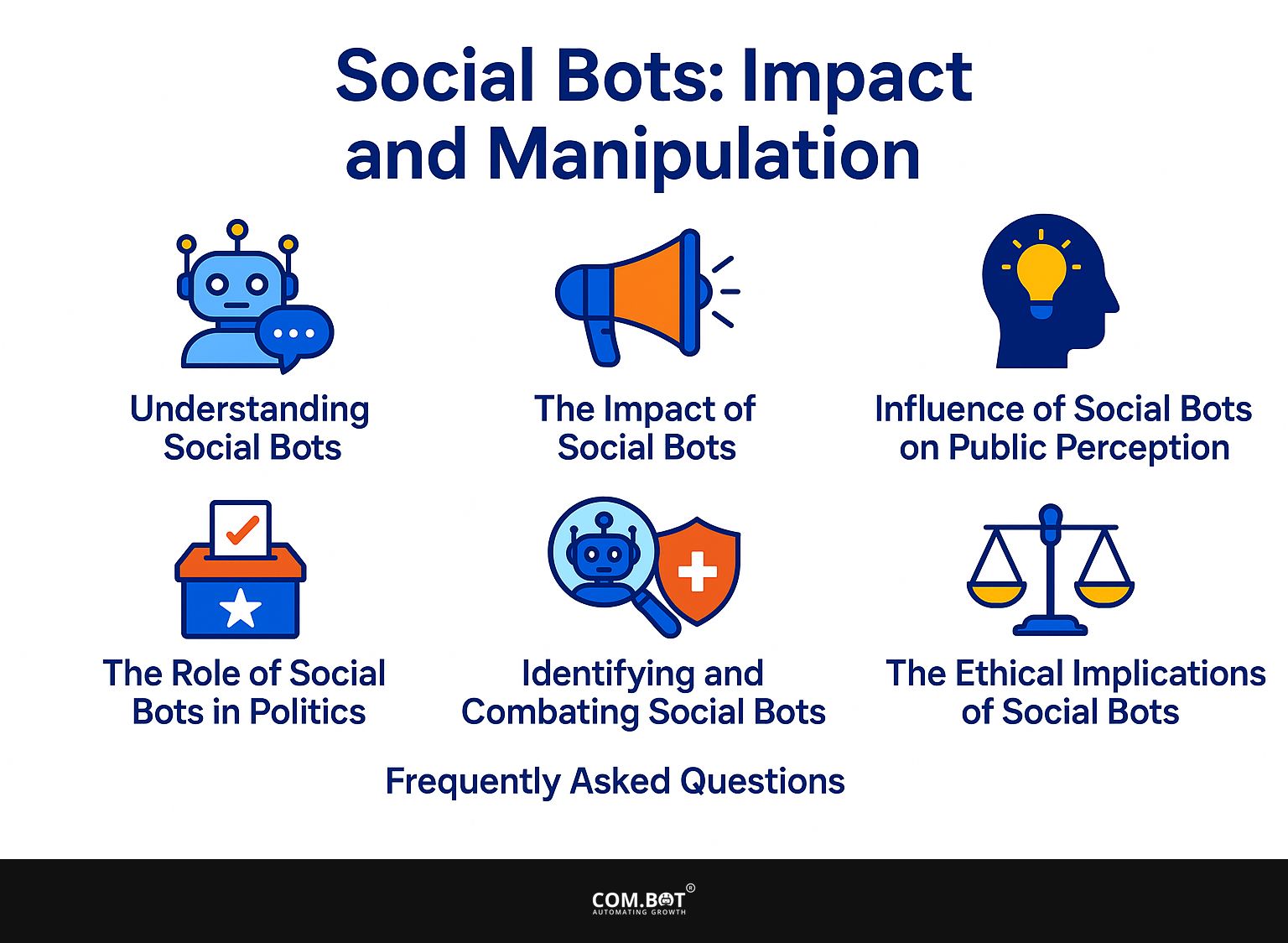
In today’s digital landscape, social bots have emerged as powerful players, shaping public discourse and influencing opinions across various platforms. These automated accounts come in different forms, each serving distinct purposes, from benign interactions to more malicious intents.
This article explores the multifaceted world of social bots, including their definitions, types, and the significant impact they have on politics and public sentiment. We discuss how to identify and combat these entities while considering the ethical implications of their use. Join us as we uncover the intricate role social bots play in our society and the challenges they present.
Key Takeaways:
- Social bots have a significant impact on public opinion, often manipulating it through targeted messages and fake accounts.
- The use of social bots in politics has raised concerns about the manipulation of elections and political discourse.
- Finding and fighting social bots is important for keeping online conversations and debates honest.
- 1 Understanding Social Bots
- 2 The Impact of Social Bots
- 3 Influence of Social Bots on Public Perception
- 4 The Role of Social Bots in Politics
- 5 Identifying and Combating Social Bots
- 6 The Ethical Implications of Social Bots
- 7 Frequently Asked Questions
- 7.1 1. What are social bots and how do they impact opinion manipulation?
- 7.2 2. How do social bots manipulate opinions on social media?
- 7.3 3. What are the potential consequences of social bot manipulation?
- 7.4 4. How can I protect myself from falling for social bot manipulation?
- 7.5 5. Can social bots be used for positive purposes?
- 7.6 6. What can social media platforms and governments do to combat social bot manipulation?
Understanding Social Bots
Social bots are computer programs created to mimic how people behave on social media platforms. They use online tactics to sway public conversations and opinions.
These bots can appear as fake accounts run by complex algorithms, and they are present across many online spaces, where they help spread false information and increase political divisions.
As social networks change, knowing the role of social bots is important for users, brands, and policymakers who want to keep a reliable online space and encourage media literacy. Understanding how these bots function is crucial, and exploring tools like Com.bot Quiz Bot can offer insights into their operation and potential applications.
Definition and Types of Social Bots
Social bots are tools that automatically perform tasks on social media platforms. They can create posts, engage with users, or affect discussions, often using fake accounts and groups of bots. These automated tools can be divided into categories according to what they are used for and how they function.
For example, helpful bots such as chatbots are widely used by customer support teams to improve how users interact with them. They give quick answers to common questions or help users find support resources.
On the other hand, harmful bots can increase social tensions by spreading political lies or false information during important events, such as elections.
Studies indicate that these bots use complex algorithms, like natural language processing and machine learning, to closely mimic human actions.
A clear example is the use of bots during the 2016 U.S. presidential election. Large networks run by foreign groups spread false information and divided public opinion, which affected how voters thought and acted. By learning how these different bots work, one can see their significant effect on public opinion and interaction on online platforms.
The Impact of Social Bots
Social bots have a strong effect on society. They shape public opinion and spread false information, which can cause political division and disturb social interactions on many social media sites.
1. How Social Bots Influence Public Opinion
Social bots exert a powerful influence on public opinion by disseminating misinformation and manipulating social interactions during key political events, thereby shaping perceptions and attitudes among users. The repercussions of this influence can be observed through specific instances, such as the Catalan referendum and the recent US presidential elections.
At these events, bots didn’t just share information; they manipulated algorithms to spread specific stories. By coordinating within networks, these bots amplified misleading content, leading to confusion and division among social media users.
As a result, people started to lose trust in reliable information sources, which changed the way people discuss things publicly. This phenomenon raises critical questions about the integrity of online conversations and the vulnerability of audiences to coordinated misinformation campaigns.
Influence of Social Bots on Public Perception
Influence of Social Bots on Public Perception
Perceptual Bias and Influence: Perceived Bot Prevalence
Perceptual Bias and Influence: Bot Recognition Self-Efficacy
Perceptual Bias and Influence: Gap in Perceived Bot Influence
Perceptual Bias and Influence: Regulation Preferences
The Influence of Social Bots on Public Perception Data shows how interacting with social bots affects people’s opinions, their skill in spotting bots, their thoughts on how bots influence them, and their views on rules governing bots.
The Perceptual Bias and Influence section indicates a notable shift in perceived bot prevalence-from 31.9% before exposure to 37.8% after. This suggests that direct interaction with bots increases awareness of their presence, potentially altering how individuals discern the authenticity of online content.
- Bot Recognition Self-Efficacy: Initially rated at 4.8 on a scale of 1 to 7, this self-assessment drops to 4.2 post-exposure. This decline reflects a reduction in confidence regarding one’s ability to identify bots, hinting at the sophistication or subtlety of bot interactions that challenge users’ recognition skills.
- Gap in Perceived Bot Influence: Before exposure, individuals felt that bots had a 3.1 level of influence on others compared to 2.0 on themselves. After exposure, these figures rise to 3.5 for others and 2.3 for self-influence. The rise highlights the recognition of bots’ influence, especially in changing how people view things, which often matches the third-person effect studied in media.
Regarding Regulation Preferences, the data reveals a significant shift in the demand for stricter bot regulations. Preferences for stricter regulation rise from 27.1% pre-exposure to 38.6% post-exposure. This increase suggests that firsthand experience with bots can heighten awareness of potential risks, leading to greater support for regulatory measures to mitigate these impacts.
To sum up, the information shows that encountering social bots makes people more aware of how common they are, makes it harder for them to spot bots, increases the feeling that bots affect others more, and leads to a stronger desire for tighter rules. This shows an increasing awareness of the challenges and possible dangers bots present to public opinion, leading to a demand for stronger safeguards and regulations.
2. Examples of Social Bot Manipulation
There are many examples of social bots being used to spread false information and political propaganda in different online communities.
A clear example is the 2016 U.S. presidential election, where a group of computer-driven accounts was used to share divisive content, creating a false impression of widespread support for extreme views. These bots often operated through fake accounts that mimicked genuine users, allowing them to bypass scrutiny and manipulate trending topics.
Research published in the Proceedings of the National Academy of Sciences highlights how these tactics can distort public opinion and undermine democratic processes.
Organizations like CHEQ Essentials emphasize that such disinformation campaigns erode trust in media institutions, as individuals find it increasingly difficult to discern credible information from fabricated narratives. This situation stops useful conversation and causes division among people.
The Role of Social Bots in Politics
Social bots are important in politics, particularly in influencing political discussion and increasing political division. They alter discussions and spread specific narratives on social media during elections and political events. Those curious about their impact on other platforms might appreciate our guide on how AI bots influence public opinion on Instagram.
Manipulation of Elections and Political Discourse
The manipulation of elections through social bots involves the strategic dissemination of misinformation that alters political discourse and influences public perception and voter behavior. In recent elections, these computer programs have used many methods to create division and uncertainty among voters.
For example, during the 2020 U.S. presidential election, many automated online accounts were used to spread controversial stories, often sharing false information about candidates. This led to heightened polarization and an environment where skepticism towards legitimate news sources grew rampant.
People started to doubt which information was reliable. This made conversations about important political topics more difficult. These widespread misinformation tactics affected voter decisions and led to a general lack of trust in social media as reliable places for political discussion.
Identifying and Combating Social Bots
Finding and dealing with social bots needs using detection tools and prevention strategies to build user trust and improve how people interact on social media platforms. Related insight: Com.bot Event-Driven Workflow Bot
Tools and Strategies for Detection and Prevention
Detection tools for social bots use various algorithms and computer programs to identify unusual behavior and help users feel confident in online systems. These technologies use advanced machine learning algorithms to examine patterns in how users behave, how often content is created, and engagement statistics to figure out the chances of bot activity.
For example, tools that use natural language processing can examine how language is used to clearly differentiate between human and machine interactions. Examples of successful initiatives are campaigns that teach people how to assess online content and identify the role of social bots.
These strategies clearly lead to more awareness and user participation, highlighting the need for social media sites to take part in promoting a better digital space by setting up strong detection tools and offering educational materials.
The Ethical Implications of Social Bots
The ethical issues surrounding social bots are important. They bring up concerns about false information, online manipulation, and weakening public trust in online communications and organizations.
Debating the Use of Social Bots in Society
The debate surrounding the use of social bots in society centers on their potential for misinformation, manipulation, and the broader implications for user experience and social interactions.
This discussion includes different views. Some people think social bots can help marketing by making user interactions more personal and providing fast customer service. Others point out the dangers of using them, especially in politics, where they might increase division.
People like Sanja Trajcheva emphasize the need for a balanced view. They recommend that people need to be informed and educated about the media to grasp this complex issue. Studies from Washington University and other institutions show that social bots can introduce new ideas and spread false information.
To develop a responsible strategy, we need to create systems that prioritize user trust and adhere to ethical guidelines. This ensures that these technologies serve the public good while maintaining the integrity of online interactions.
Frequently Asked Questions
Social bots are software programs that automatically copy human actions on social media sites. These tools can change public views and spread false information widely, making it hard for people to tell what is true from what is false.
Social bots can be set up to like, share, and comment on posts, and also to create and spread content. This can make it seem like an opinion is widely accepted and affect online discussions, making it harder for people to decide what they think.
Social bot manipulation can lead to the spread of false information and polarize public opinions. It can also undermine democracy and free speech by silencing voices and promoting a specific agenda, often without users’ knowledge.
Be critical of what you see and read on social media and verify information from multiple sources. Also, be aware of suspicious accounts with little activity and a large number of followers, as these are often indicators of a social bot.
While social bots have been associated with negative impacts on opinion manipulation, they can also be used for positive purposes such as disseminating important information, facilitating customer service, and promoting activism. However, their use and regulation must be carefully watched to prevent misuse.
Social media platforms can implement algorithms and measures to detect and remove social bots, while governments can introduce regulations and laws to prevent their use for malicious purposes. Users can also report suspicious accounts to help mitigate the spread of social bot manipulation.
